The structure is 3.14 acres in size and contains 5 biomes (rainforest, ocean/coral reef, mangroves, savannah grass, and desert), an agricultural area to grow food, an habitat for humans, and the infrastructure for the systems that sustain the atmosphere. A biome is a self-sustaining community of living organisms.
Biosphere 2 was maintained as a closed [airtight] system until 1996. There were 2 experiments; one from 1991-1993 and the second one lasted for 6 months (ending 4 months early due to financial disputes) in 1994. During each experiment a team of 8 scientists resided within the confines of Biosphere 2 for the respective periods of time.
Photos of biospherians.
The facility provides scientists with the ability to manipulate biomes and study the results without impacting the earth's environment. When the structure is closed (airtight), it supports the study of space colonization. Experiments may last for weeks, months, or years in the various biomes.
Admission/tour tickets are purchased at the gift shop at the entrance to the facility. It is a 5-10 minutes walk from there to the entrance where the tour begins.
There are various exhibits in the area and a 15-minute video is shown prior to the start of the guided tour through the facility. Below is the ocean and coral reef biome.
Rain forest biome.
Mangrove biome.
Area used for short term experiments with plant life.
Desert biome.
Another area used for soil experimentation.
About half of the tour was of the infrastructure that supports these environments. All critical systems are redundant so there is a huge amount of space used for this purpose. The primary ones deal with water (all water is recycled and no additional water was introduced during the experiments); managing airflow and air pressure; and recycling of waste. The basement at 2.5 acres is where much of the equipment is.
This service dog, Murphy, was part of our tour group. He was such a good boy.
Near the end of the guided tour we walked through this long tunnel that connects the primary structure to the area called the "artificial lung."
This is where the reservoir (all of the water) is stored.
Additionally, this structure is used to manage the fluctuations in air pressure within Biosphere 2. The "rubber" structure above the reservoir expands and contracts as the air pressure goes up during the day, it rises; and as it comes down at night; it descends. If this expand/contract area did not exist, windows would shatter under the pressure of the fluctuations. Very cool design...
Exterior of the artificial lung.
Housing for electrical systems.
Views of exterior of Biosphere 2.
The human habitat area is the location today for various exhibits of the work that has been conducted or is is currently underway within Biosphere 2.
Experiment being conducted for NASA growing high-nutrient plants for human consumption.
Kitchen and dining area in the human habitat.
Exterior view of human habitat.
Santa Catalina Mountains in the background.
These are accommodations for scientists and students working at the biosphere that are located nearby.
Website: www.b2science.org
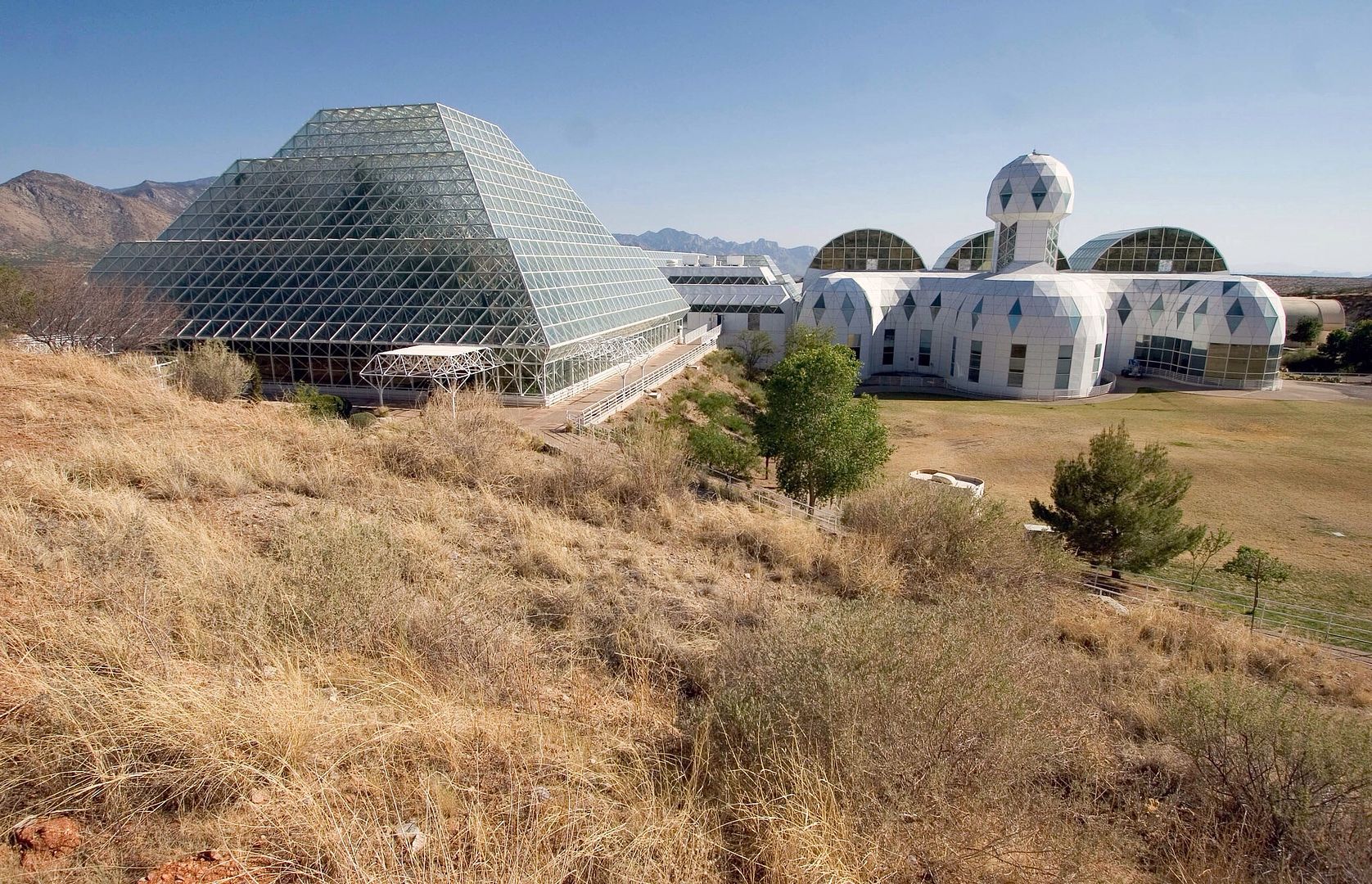


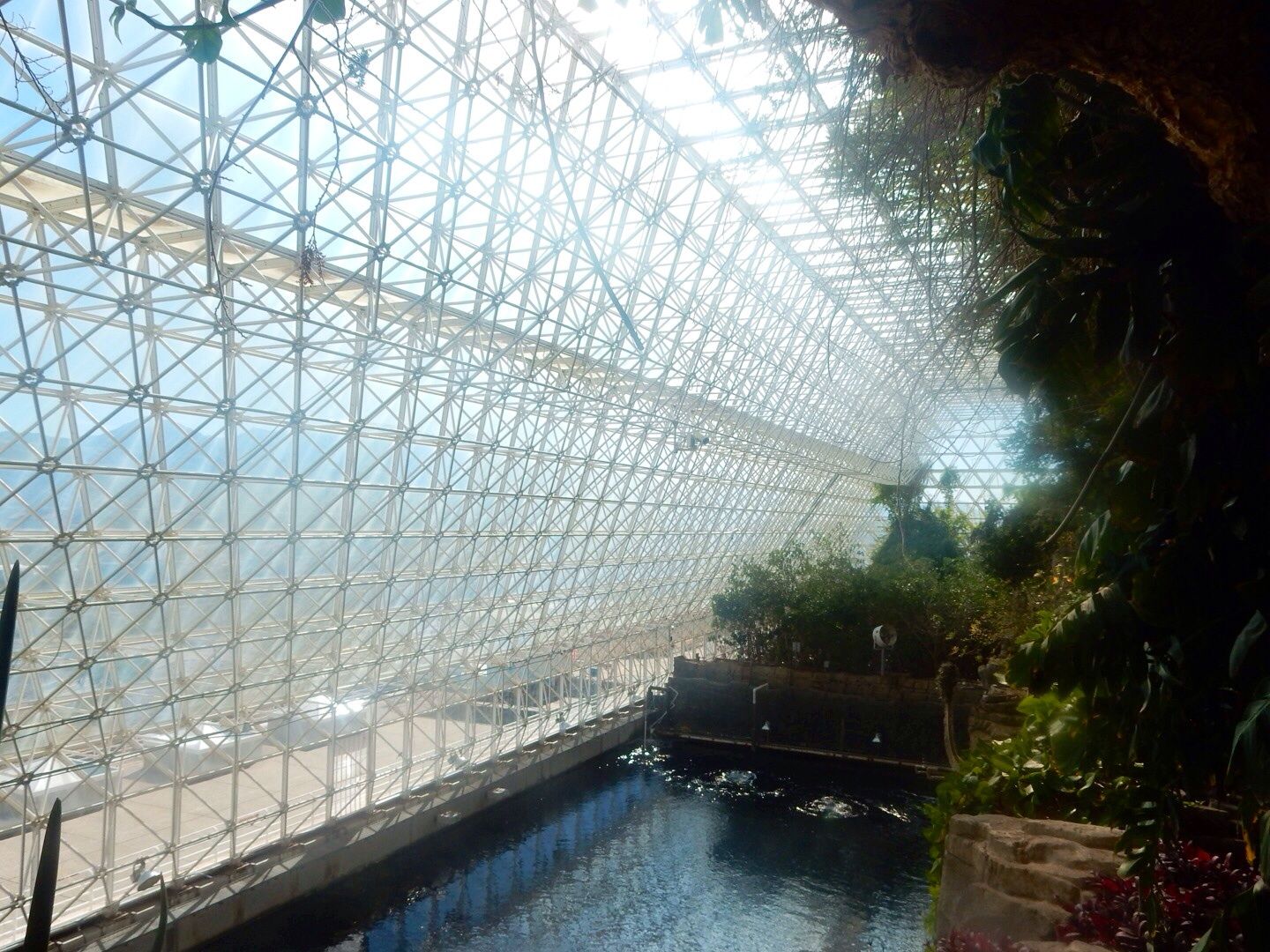

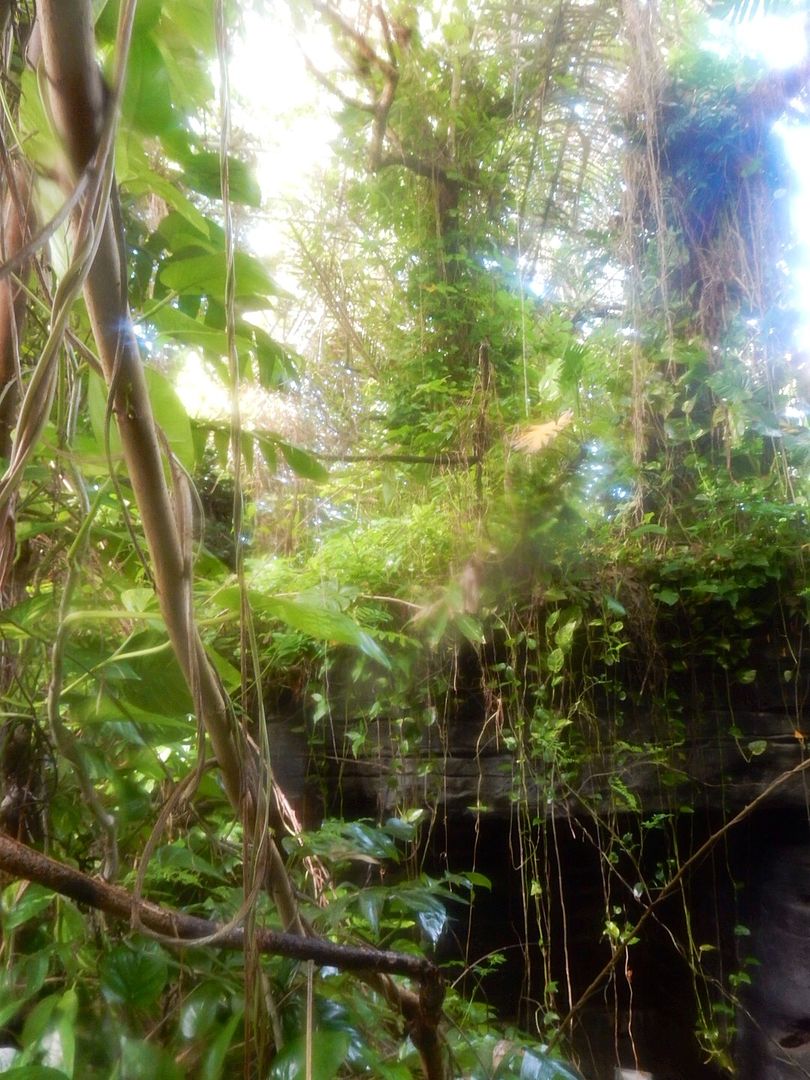

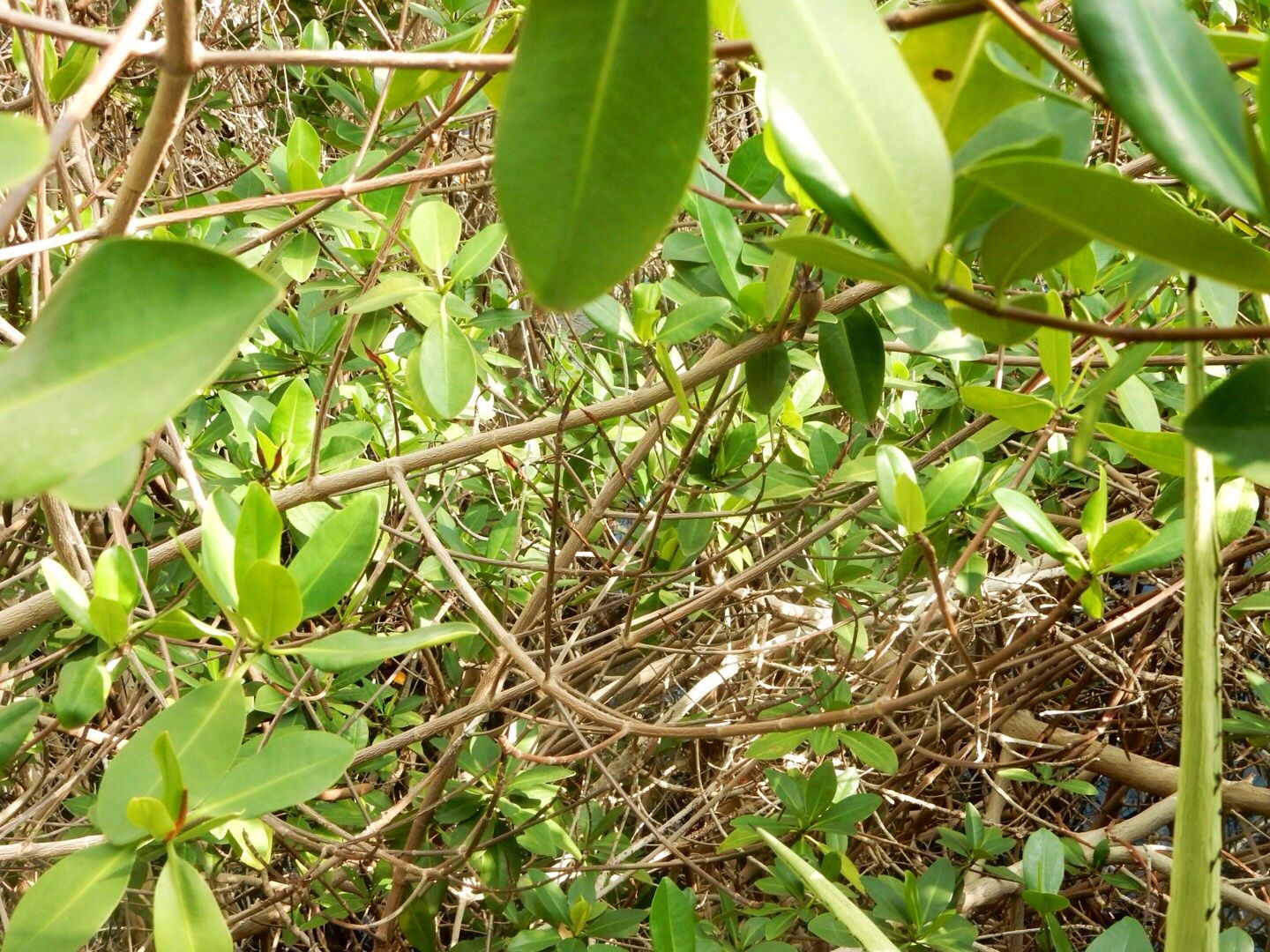
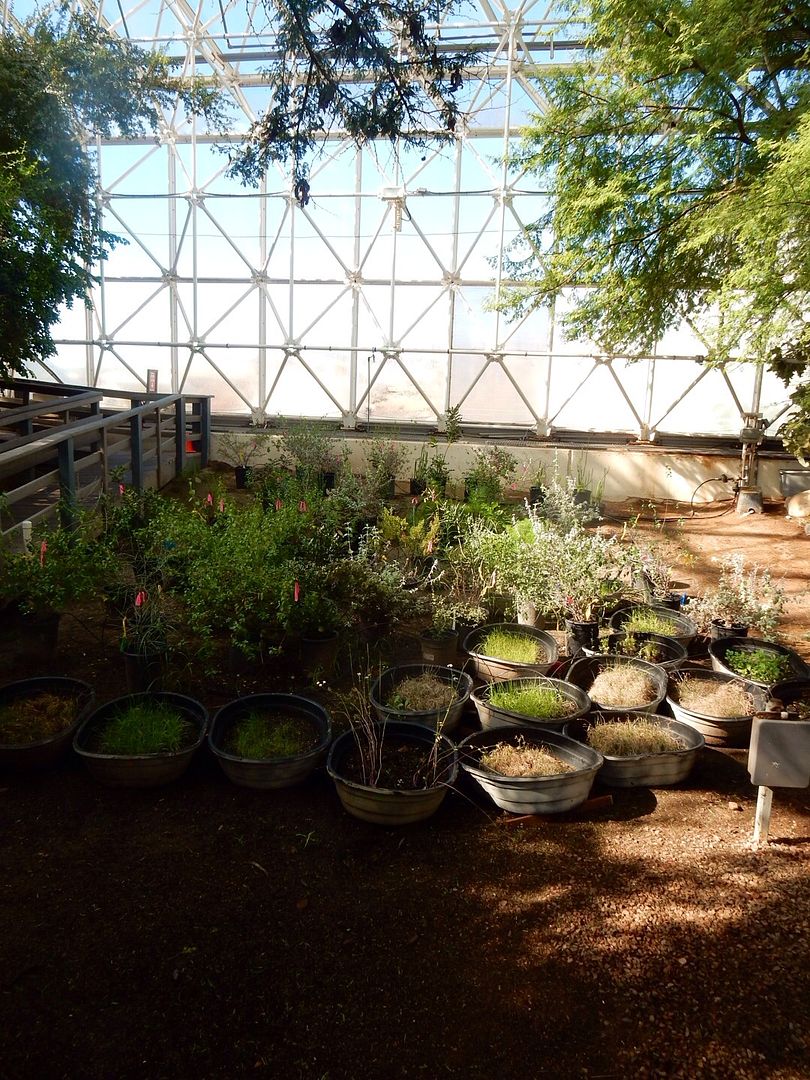
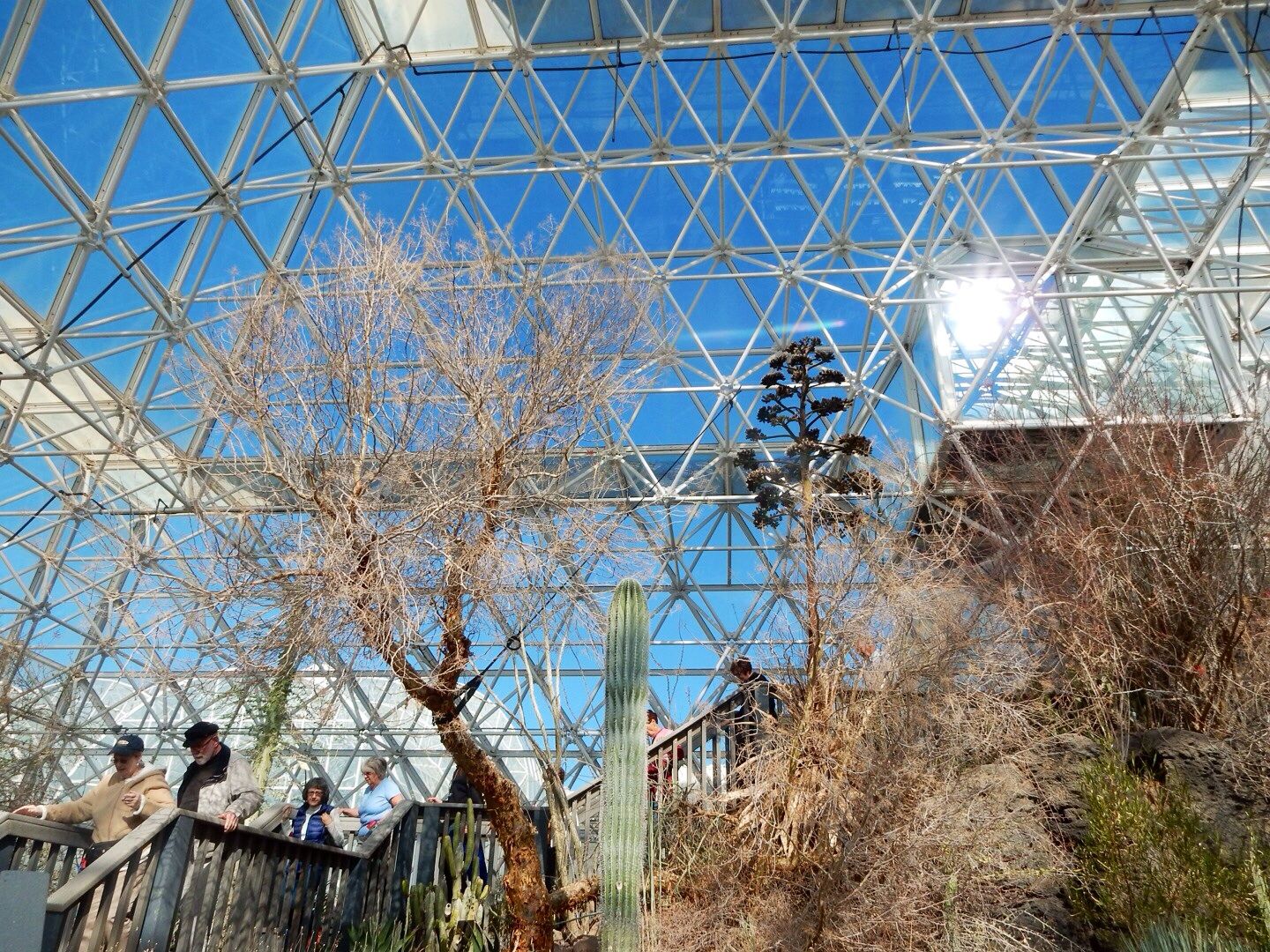

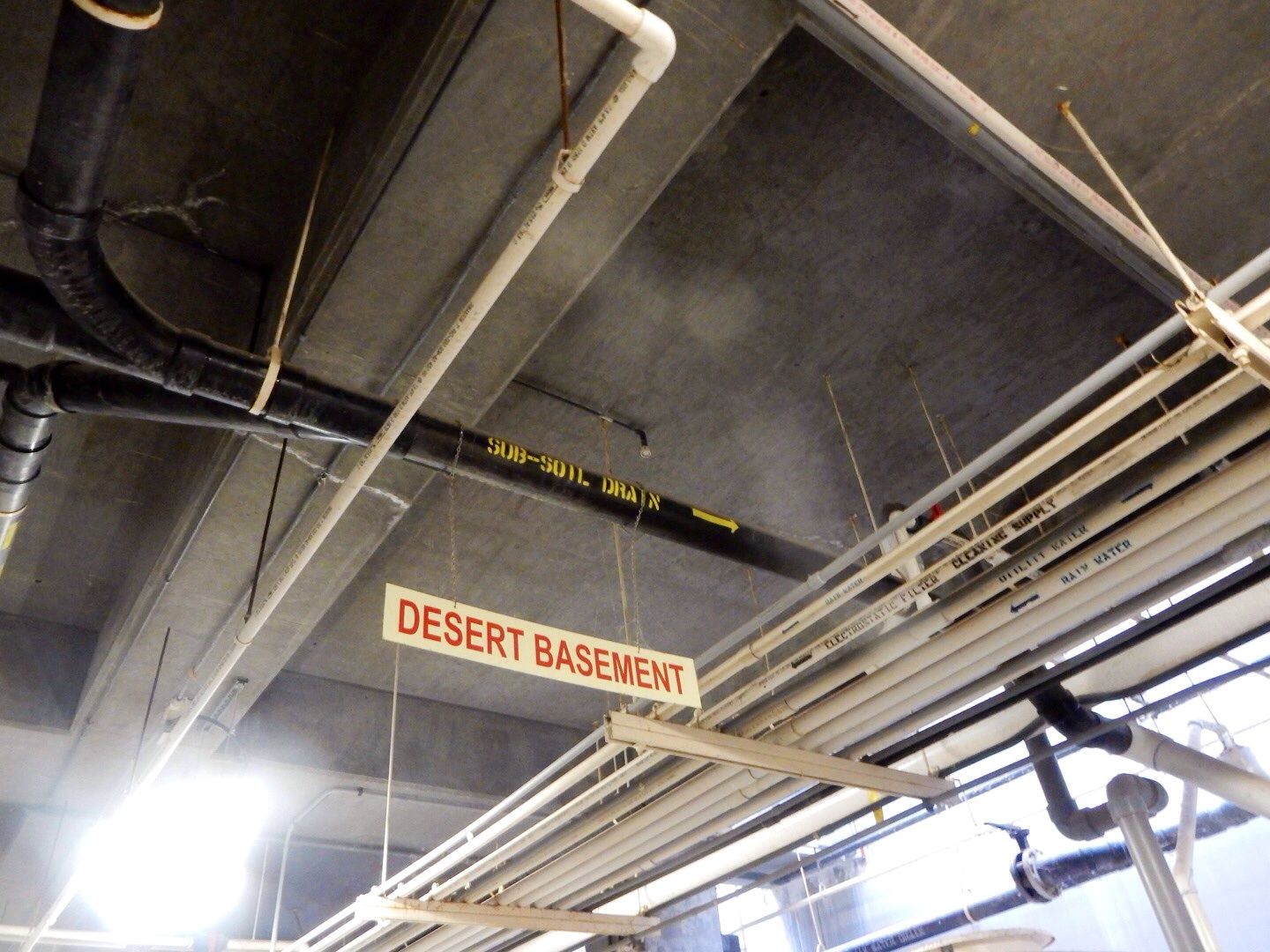
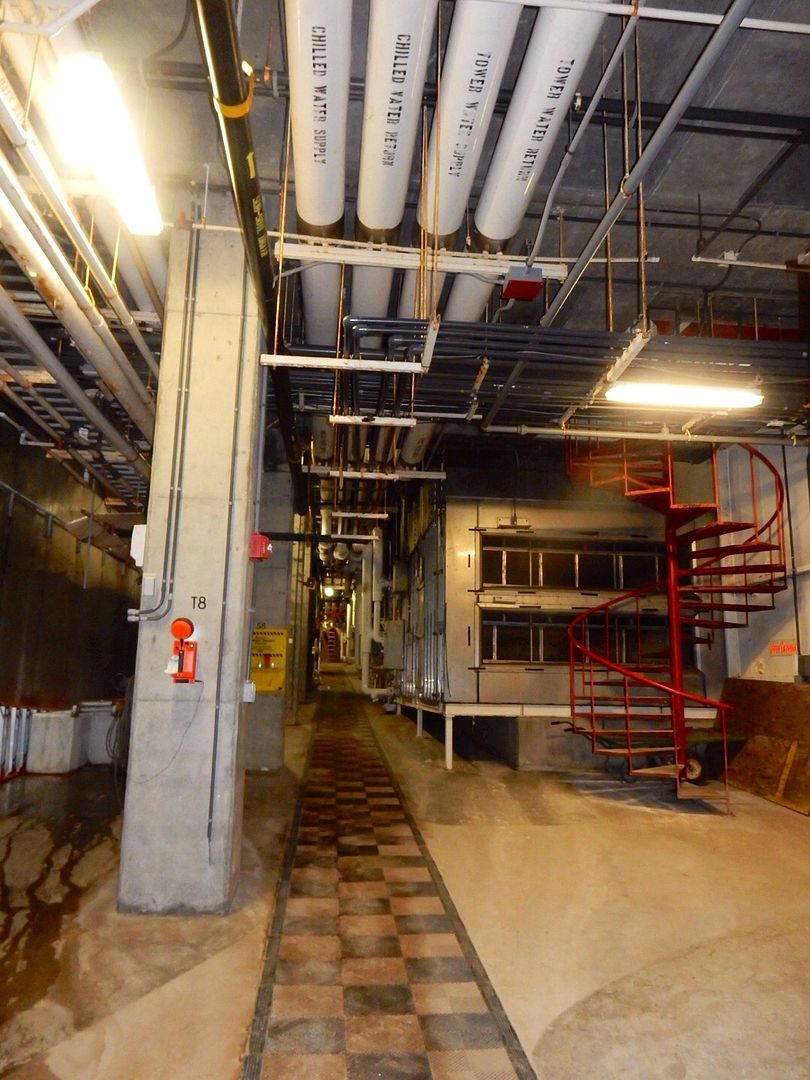
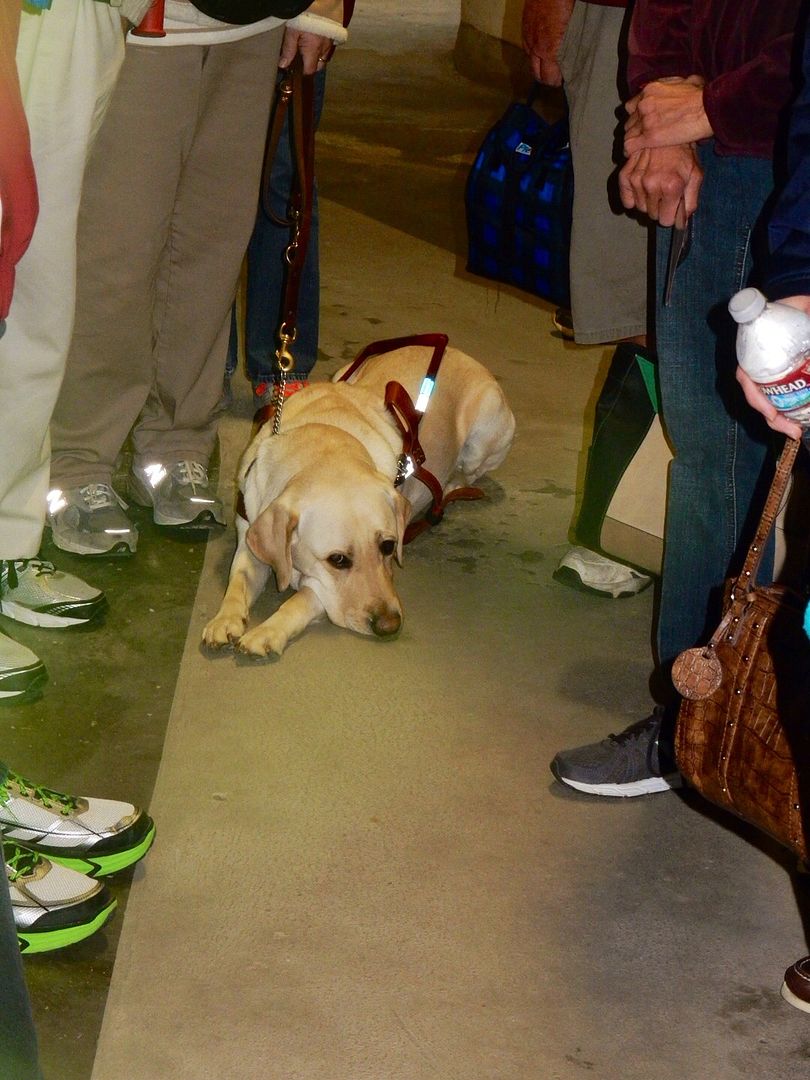
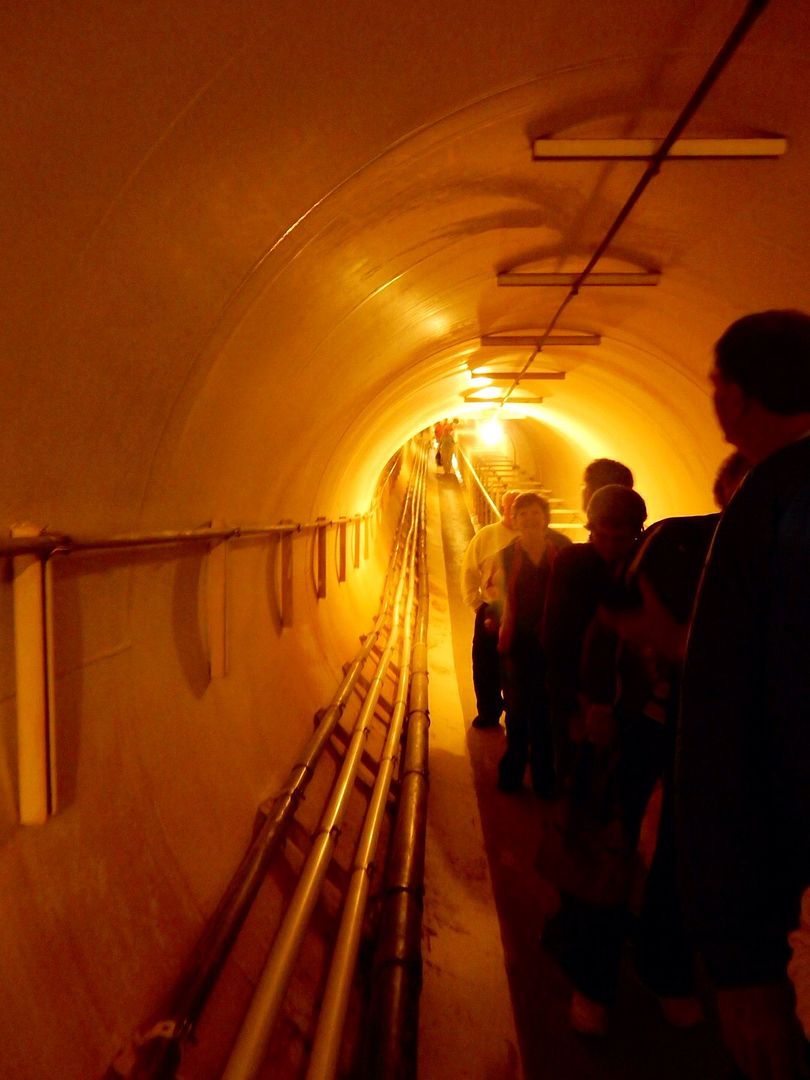


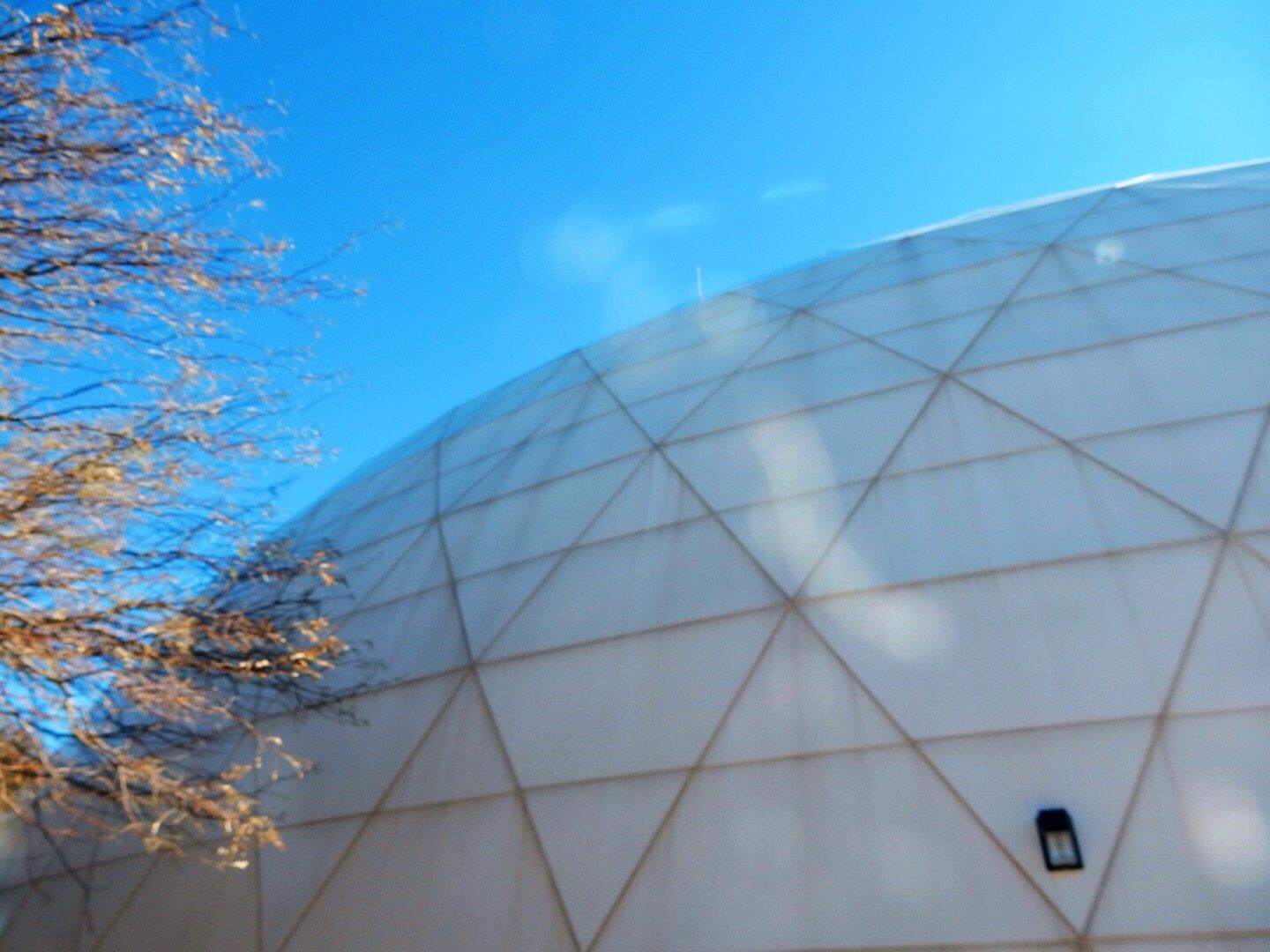
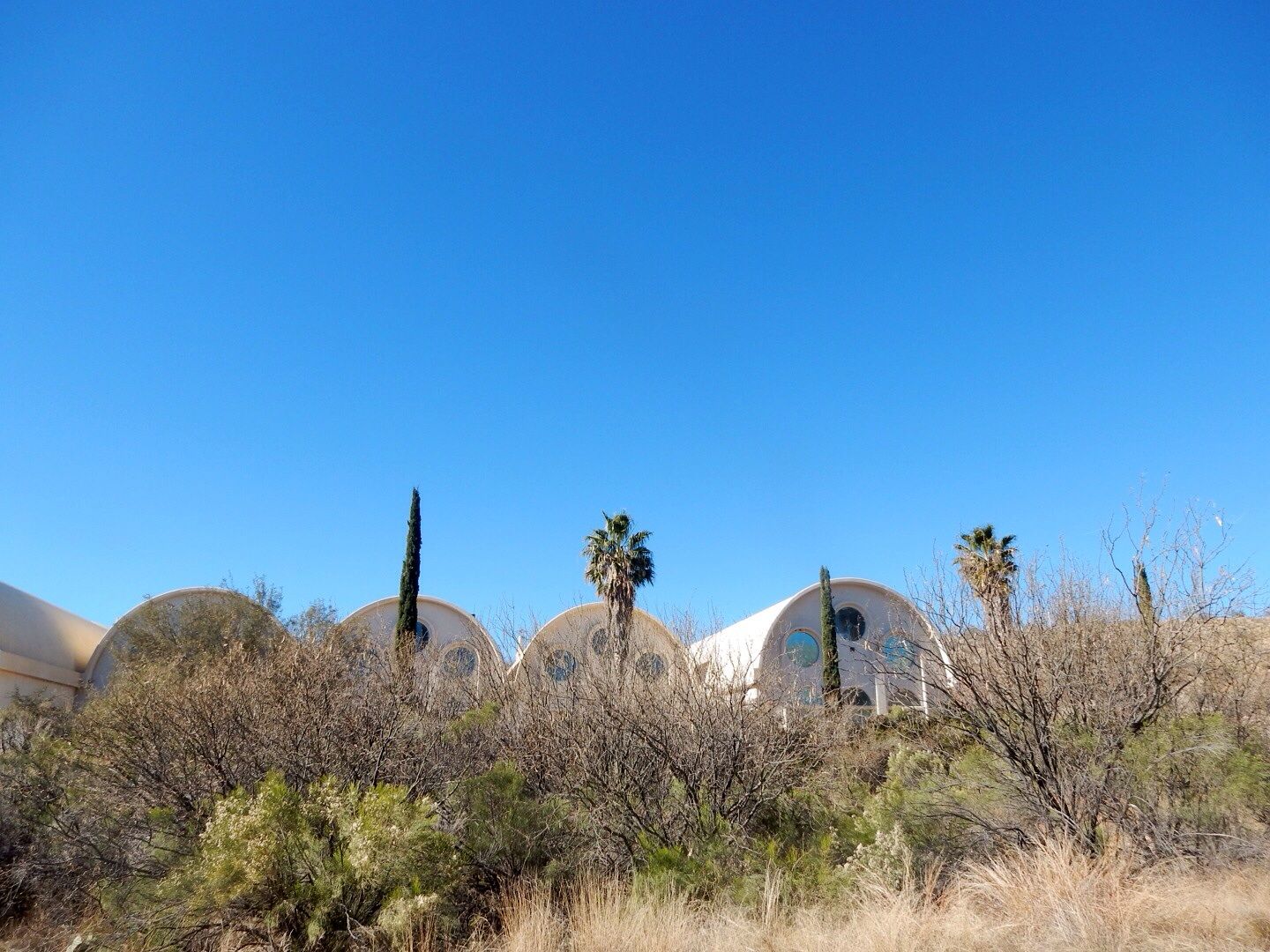
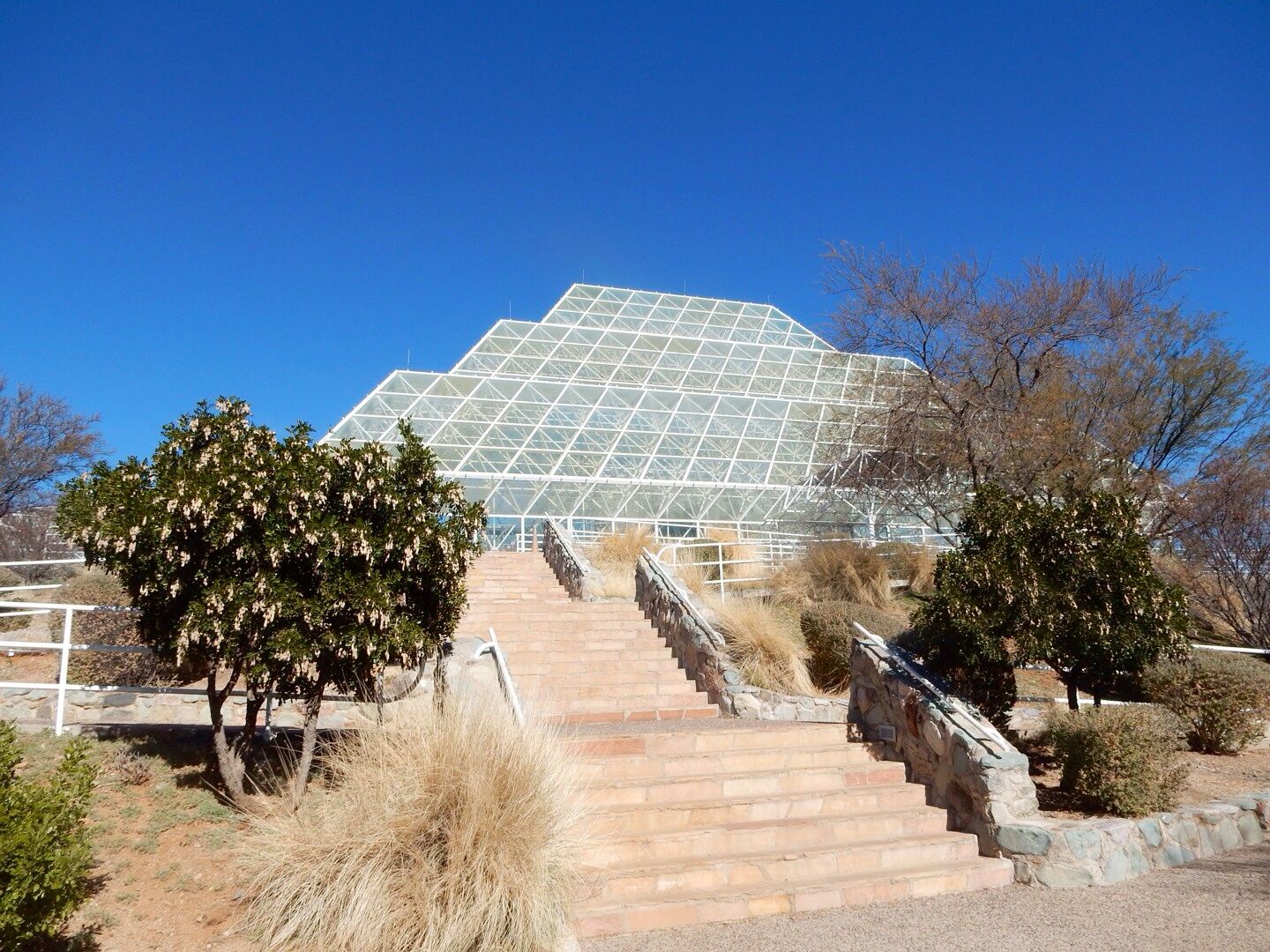
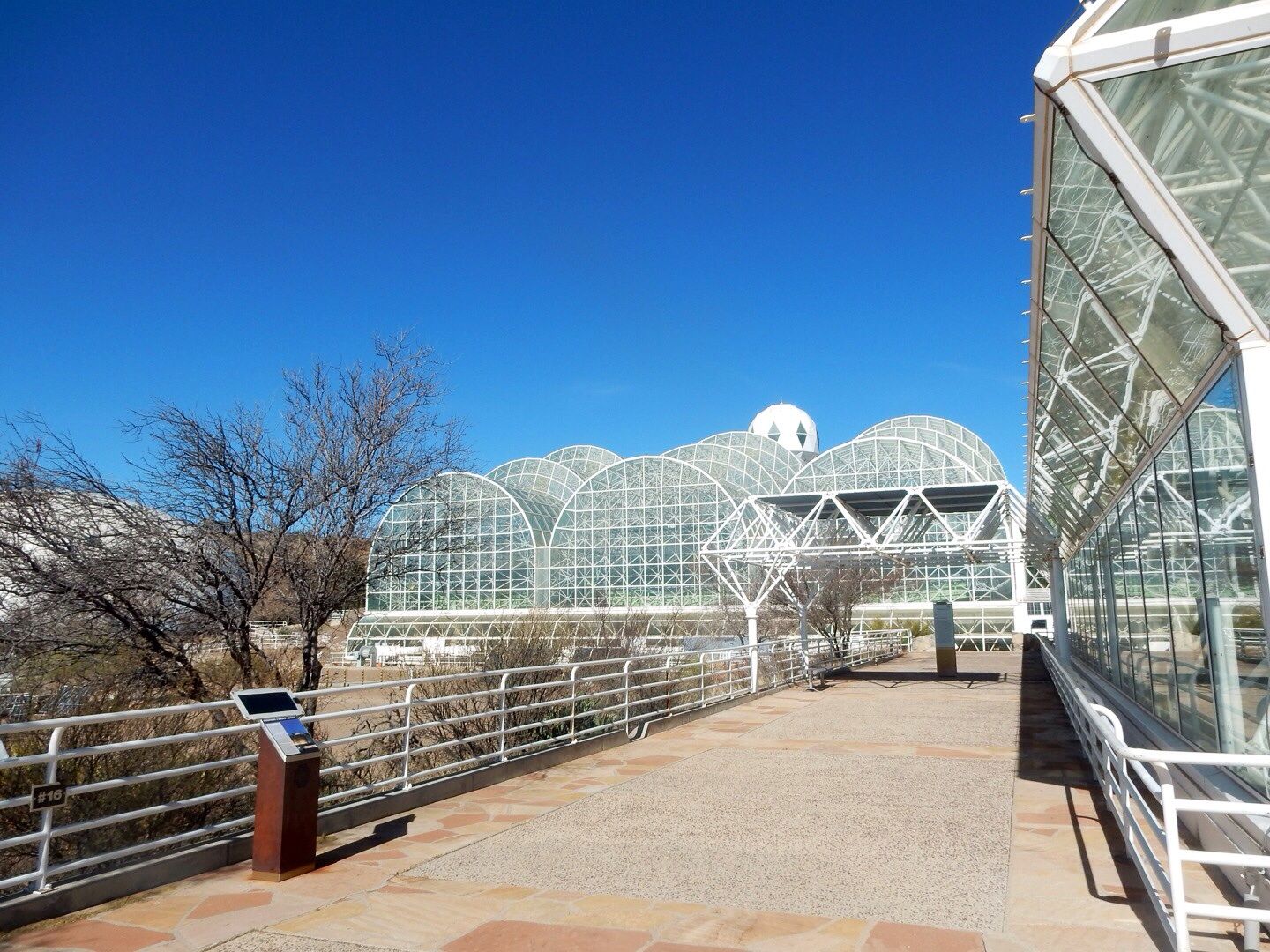
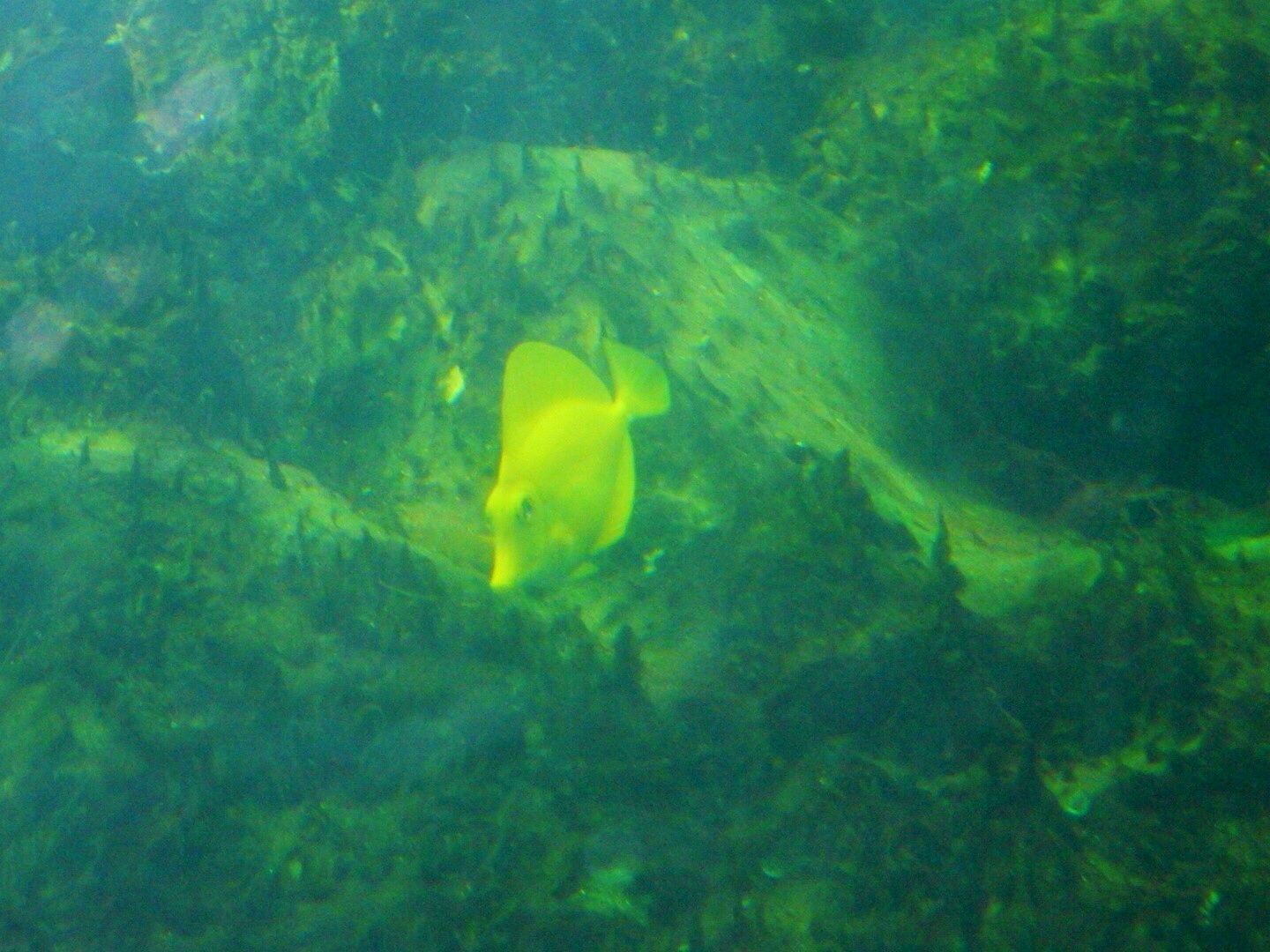
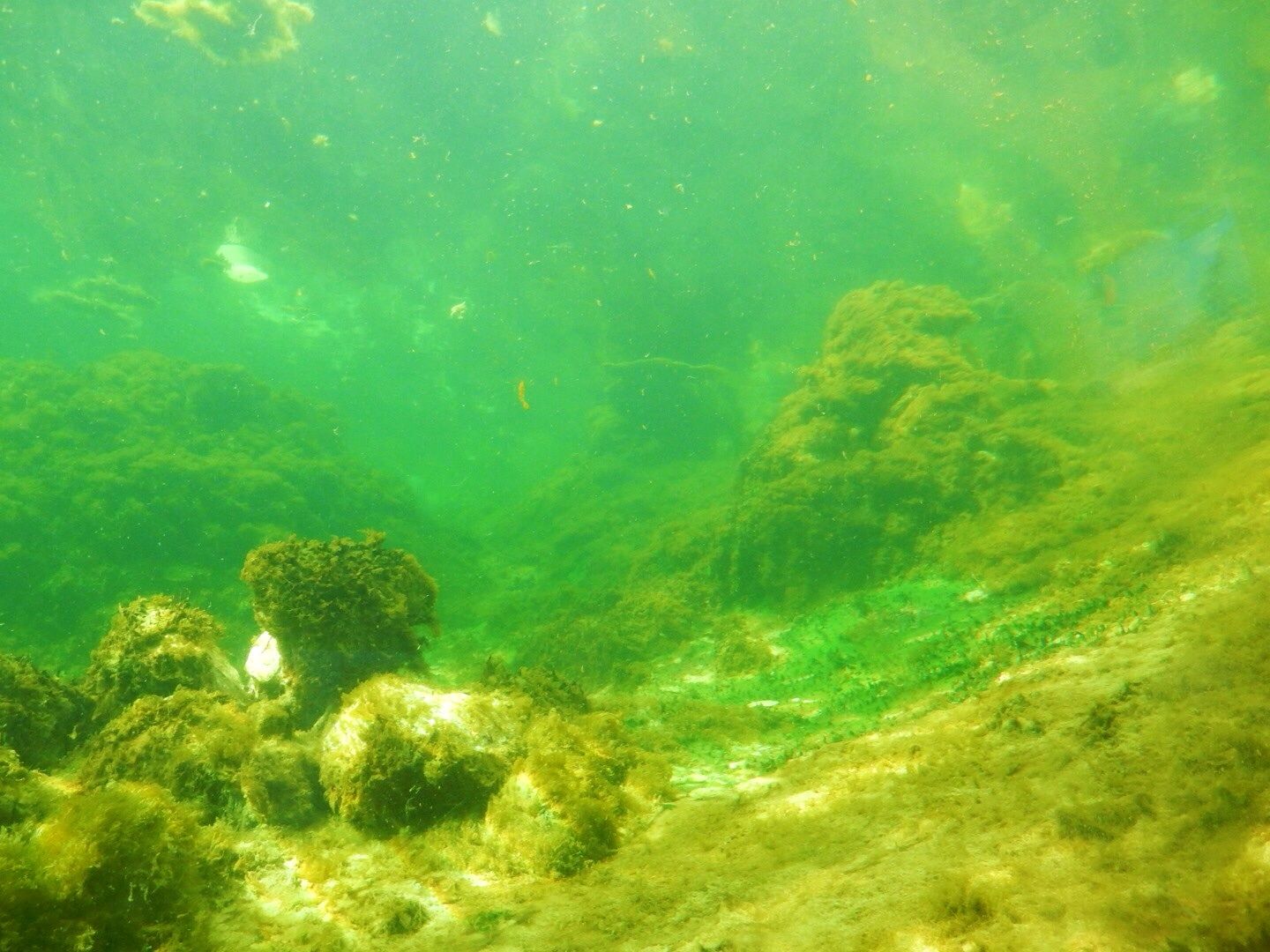
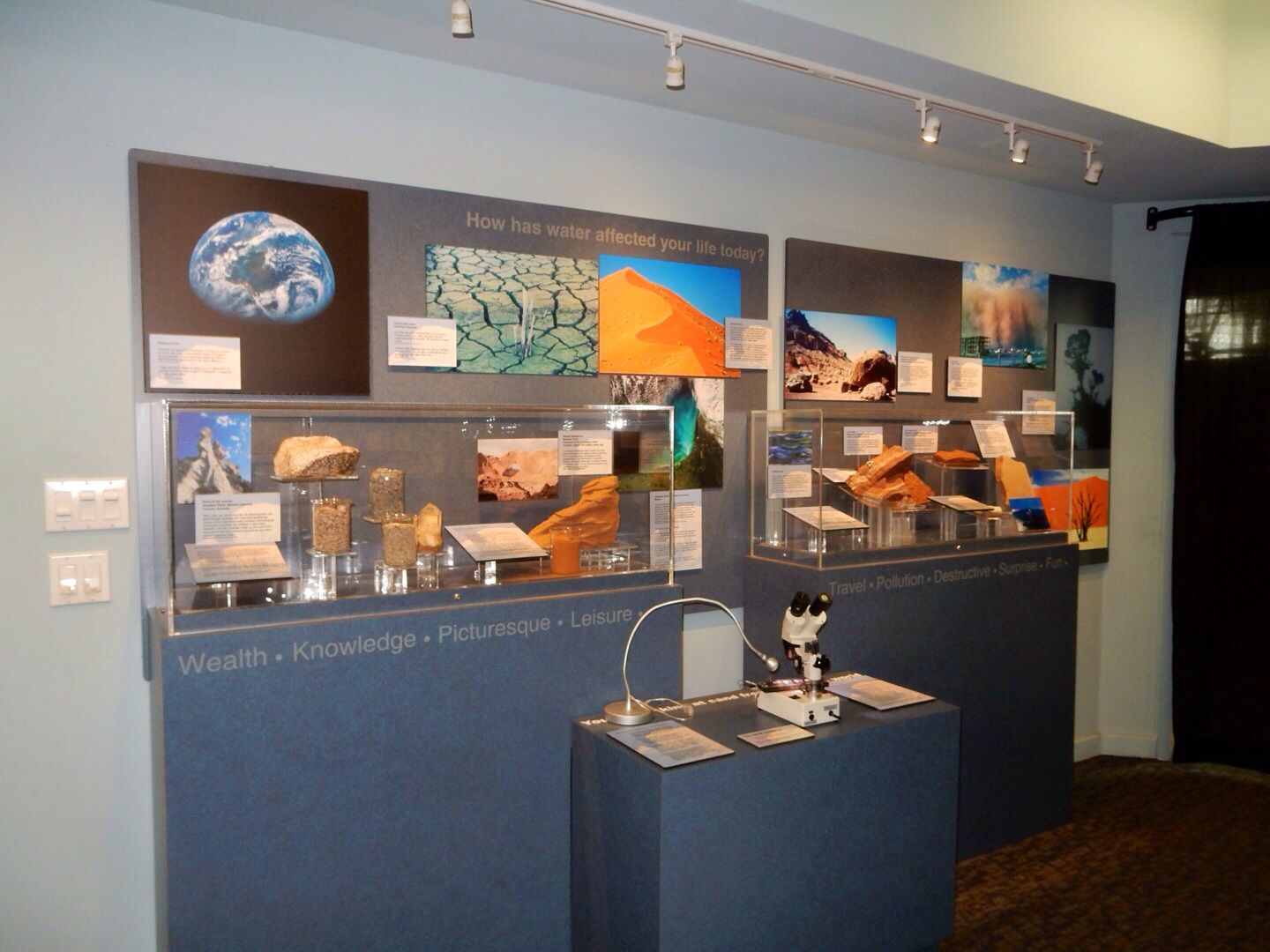
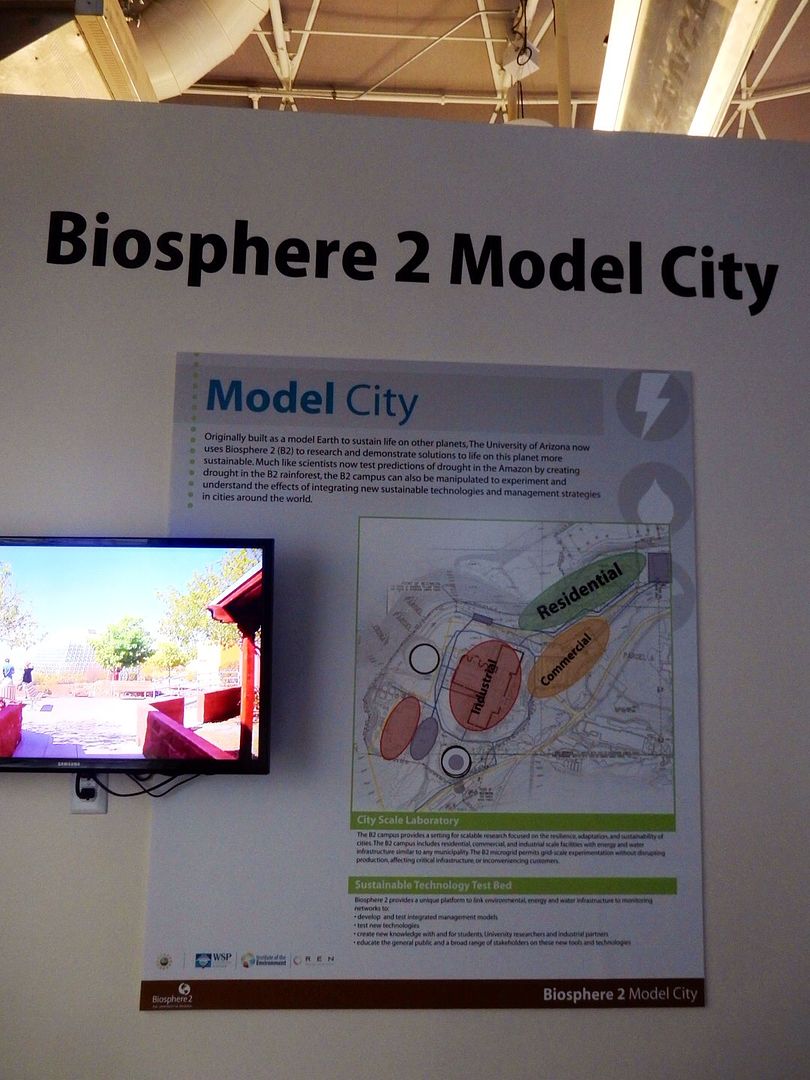
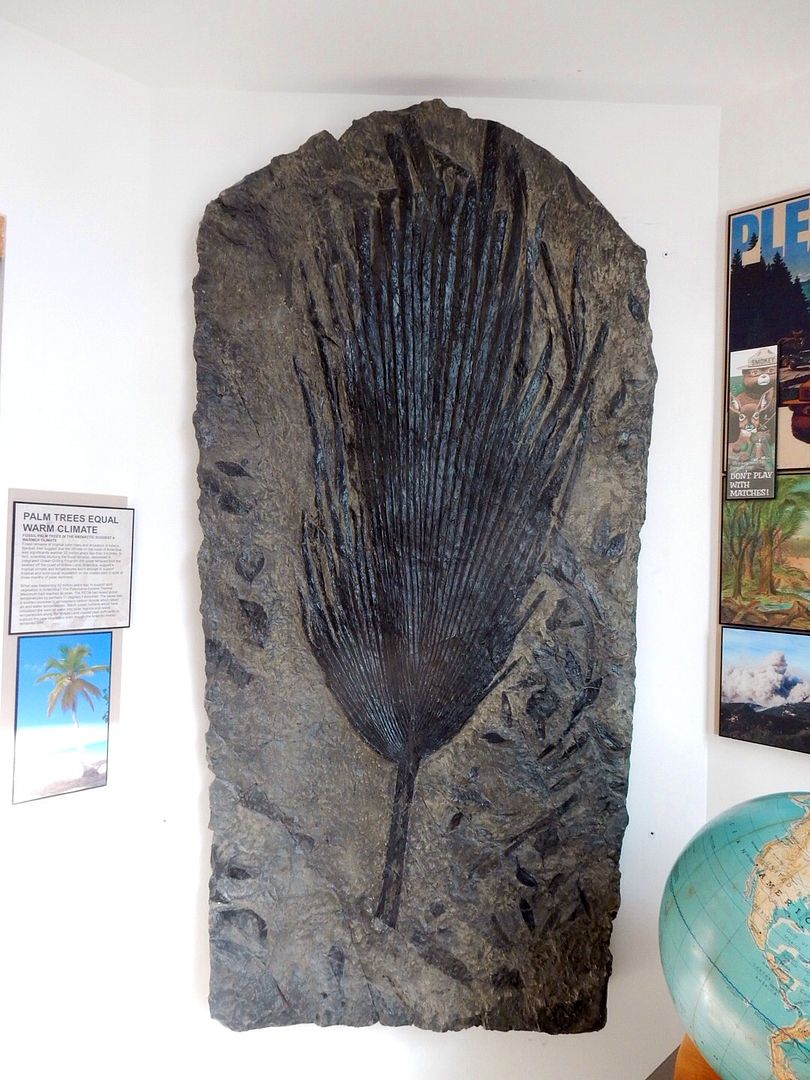

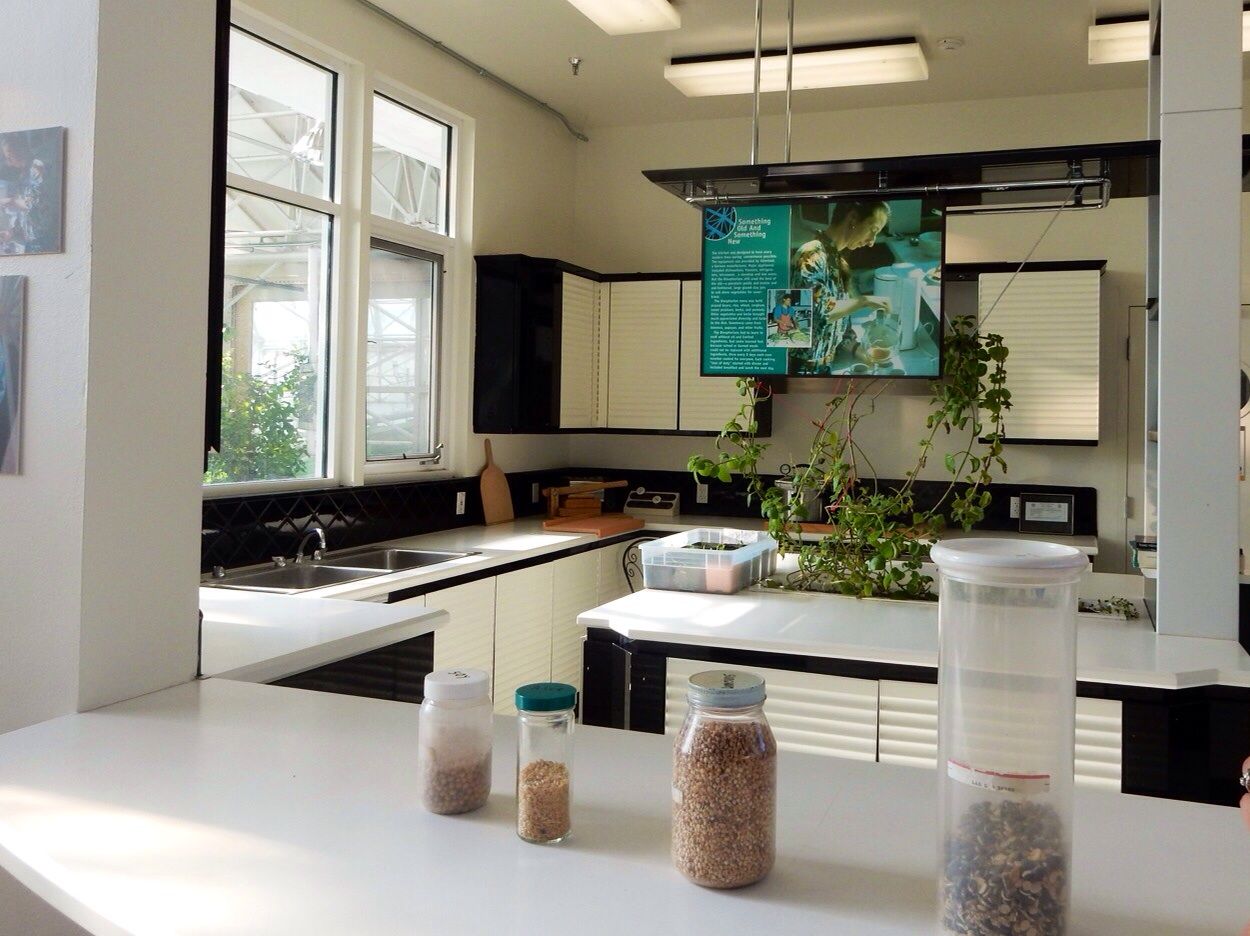




No comments:
Post a Comment